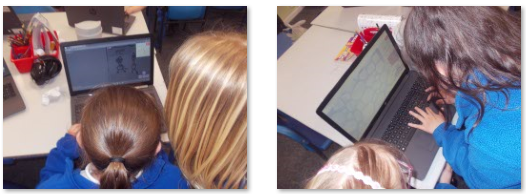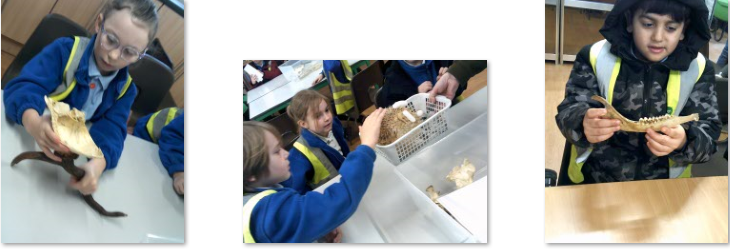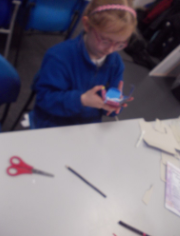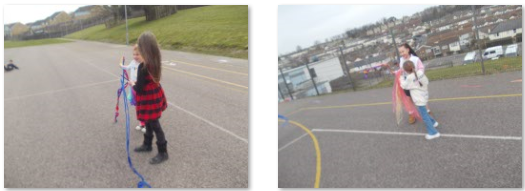Term 4
Computing
This term in Computing, we have been learning all about animations. As part of this, we have been able to create an animated computer game on purple mash. We were adventurous in how we set up our games and open-minded when receiving feedback from our friends. All of us were aspirational and were able to create at least a 1 level game, some of us created the more complex game where we added in extra levels and created additional obstacles for people to avoid.
“I enjoyed playing other people’s game.”
“It was really fun watching people find my game hard.”

Comic Relief
To celebrate Comic Relief’s 40th birthday, we came to school dressed in party clothes from the 80s, 90s and 00s. We also took part in a whole school Dance-A-Thon, where we took it in turns to dance throughout the day.
“It was fun dancing on the playground.”
“I enjoyed dancing with my friends.”
Science
In Science, we have been learning all about the skeletal system, focussing on the bones, organs and joints so far. We explored where all the joints in our body are and then learnt about the different types of joints and the movements, they allowed our bones to make.
Afterwards, we made our own ball and socket joints out of clay.


RE
In RE, we have been learning all about Hinduism. We have spent the last couple of weeks learning about different Hindu festivals. We learnt all about the Navratri festival. We found out Hindus celebrate this festival because it celebrates good overcoming evil. Also, we learnt that Hindus remember the goddess Durga and statues of her are either thrown into the river or burnt on a bonfire. To help us remember this, we created own our Durga statues using clay.


Wildwood Trip
As part of our topic learning, we spent the day at Wildwood. To start the day off, we took part in a skeleton workshop, where we learnt about endoskeletons and exoskeletons and how different animals have different types of skeletons. We then learnt about all the bones and joints in our bodies, before having a chance to look at some real bones, trying to group them in different ways.
In the afternoon, we went around the park to see and learn about different animals. We walked through the arctic fox walkthrough and saw lots of foxes wandering around and sleeping. Along the walk we saw a variety of birds, reptiles, deer, wolves and some of us were even brave enough to go into the bee zone. Everyone was feeling adventurous and walked across the bear bridge, although we weren’t lucky enough to spot any bears below!
We all had a great day and were respectful rabbits and responsible raccoons throughout!



Chocolate Making
Year 3 have been catapulted into the magical world of Willy Wonka.
As part of our DT learning, we have evaluated different dried fruits to use in our very own chocolate bar creation.
We thought about texture, flavour and appearance as we delved into the world of confectionery and chocolate!
Each unique chocolate bar has been created by the children, including the packaging, coming up with our own name for the chocolate. Our taste buds have been on an amazing journey of discovery. Adding items such as: apricots, sultanas, banana chips to dark, milk and white chocolate.
Once the chocolate has set, we look forward to tasting and evaluating our creations.






